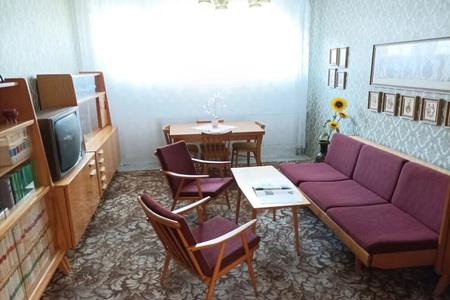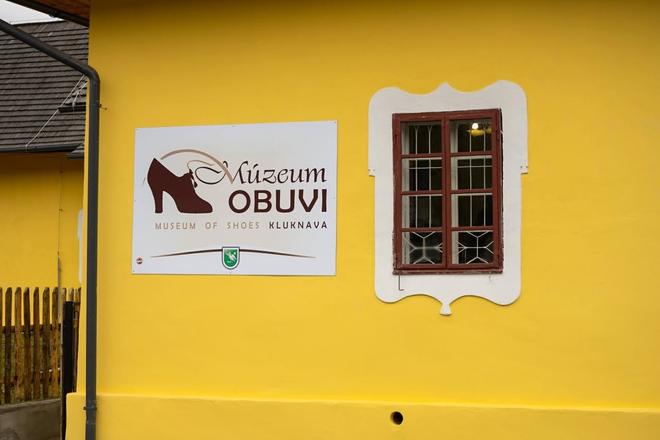Slovakia's first museum of shoes has officially opened its doors with displays of footwear from prehistoric times to the present day.
The museum in the village of Kluknava in the district of Gelnica, which was established by the local municipality, contains replicas of shoes dating back to the Stone and Bronze Ages, as well as footwear up to the present day.
It has a special focus on shoes worn during the first Czechoslovak Republic and the Czechoslovak Socialist Republic.
A permanent exhibition also includes mannequins wearing not just shoes, but also clothes from the 1950s to the new millennium., while there is also a section on footwear of famous Slovak athletes, actors, singers and scientists, including hockey legend Miroslav Šatan, Olympic gold-medallist Petra Vlhová, actresses Kamila Magálová and Zuzana Kocúriková, singers Jozef Ráž, and Ján Lehotský, and mathematician Lev Bukovský.
Historian Uršula Ambrušová Tajkov, writer Slavomír Szabó and then-mayor of Kluknava Štefan Kováč, came up with the idea for the museum two years ago.
The latter explained that the 18th century listed building that houses the museum today, which village authorities purchased and renovated, had a long history connected to footwear.
"After the creation of Czechoslovakia, the building housed a shoemaking workshop. Work on shoes continued in Kluknava until the 1990s, with local production of shoe tops for shoe factories in Zlín," Kováč told the TASR news agency.
Part of the exhibited collections are replicas of prehistoric footwear. "For example, 10,500-year-old shoes, which were probably the oldest found footwear found by archaeologists in the Forst Cave in Oregon. We have metal sabatons from the Gothic period on display, which were part of the knight's armor. There are also typical folk shoes, such as Slovak krpce, Dutch clogs, and Lapland boots made of reindeer skin," said Szabó, as quoted by TASR.

The Kluknavská chyža hut on display depicts a shoemaker's room and workshop with period tools, shoes and mannequins in historical folk clothes.
Exhibits have been arranged chronologically, but also according to their use, said historian Ambrušová Tajkov.
"[The display has shoes] for daily wear to sports and work shoes, such as shoes for soldiers, nurses, blast furnace workers and the like. The collection maps the development of the shoe industry in Czechoslovakia," Ambrušová Tajkov said.



 (source: Museum of shoes - Facebook)
(source: Museum of shoes - Facebook)